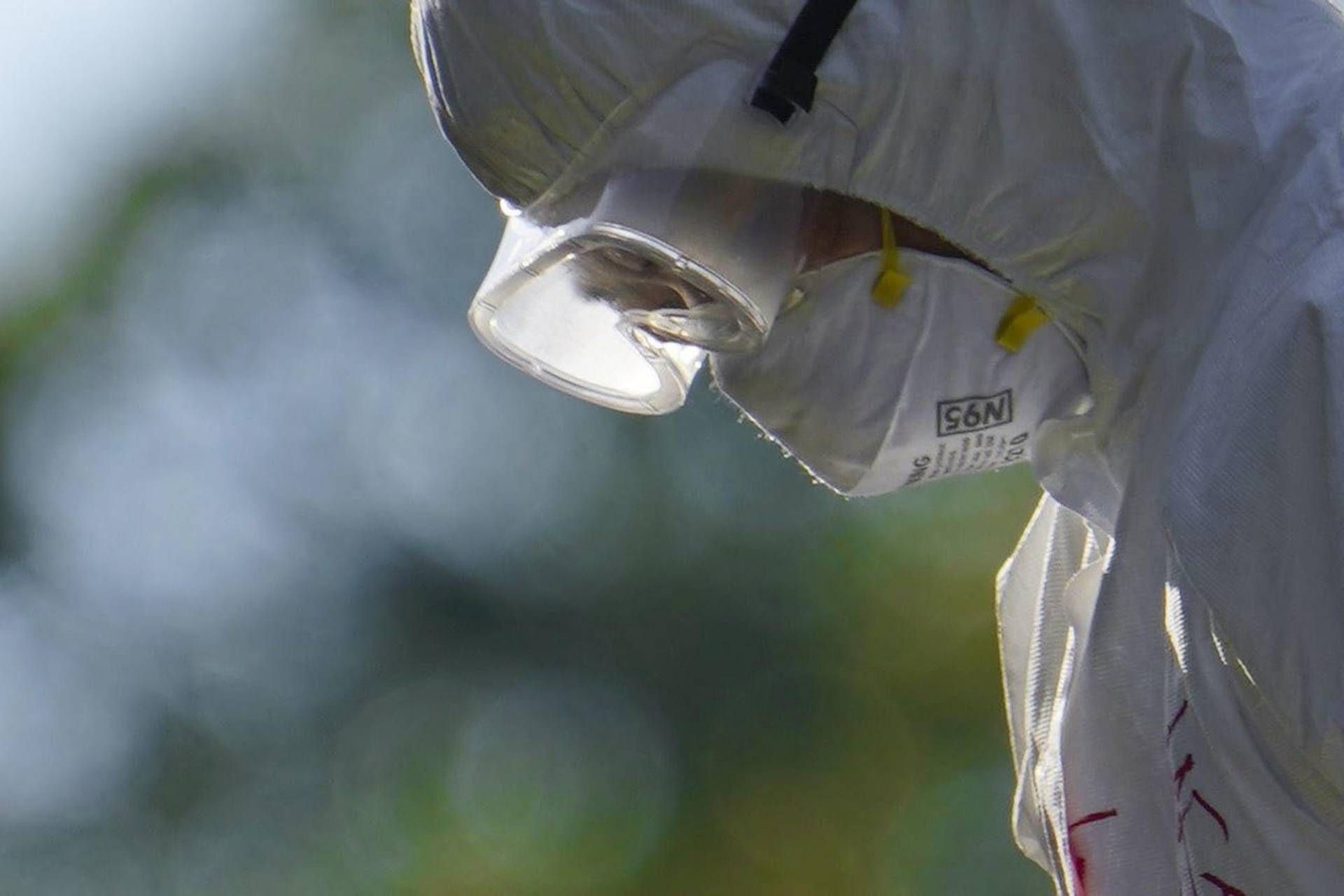Workers on dairy farms where the highly pathogenic avian influenza (H5N1) virus is circulating are at risk of infection. This risk comes not only from direct contact with unpasteurized milk produced by sick cows but also from contaminated surfaces during the milking process. The Vaccine Research Center at the University of Pittsburgh, led by Valerie Le Sage, has collected convincing evidence of this risk, which is published in the ‘Emerging Infectious Disease’ journal by the CDC.
In response to the HPAI-H5N1 virus epidemic in dairy cows in multiple American states, the researchers conducted laboratory experiments to test the persistence of avian influenza A(H5N1) and human influenza A(H1N1) viruses on milking equipment. The results showed that both viruses remain infectious on milking equipment materials for several hours, highlighting the risk of transmission of the H5N1 virus to humans through contaminated surfaces during milking.
The study also raises concerns about the potential for the H5N1 virus to adapt to humans and evolve within their bodies, potentially becoming transmissible from person to person. To reduce the spread of the H5N1 virus from dairy cows to humans, the researchers recommend implementing the use of personal protective equipment such as masks, visors, and other eye protection among workers during milking. Additionally, sanitizing rubber liners used in the milking process after milking each cow could help reduce the spread of the virus among animals and curb the current epidemic.
